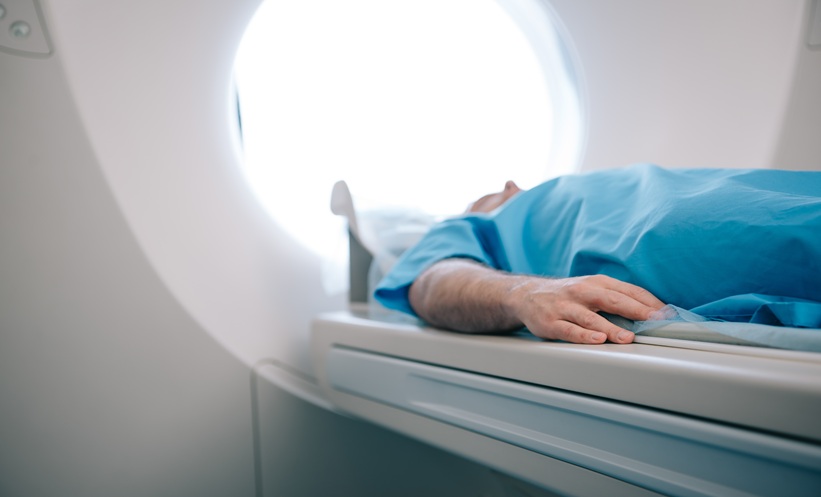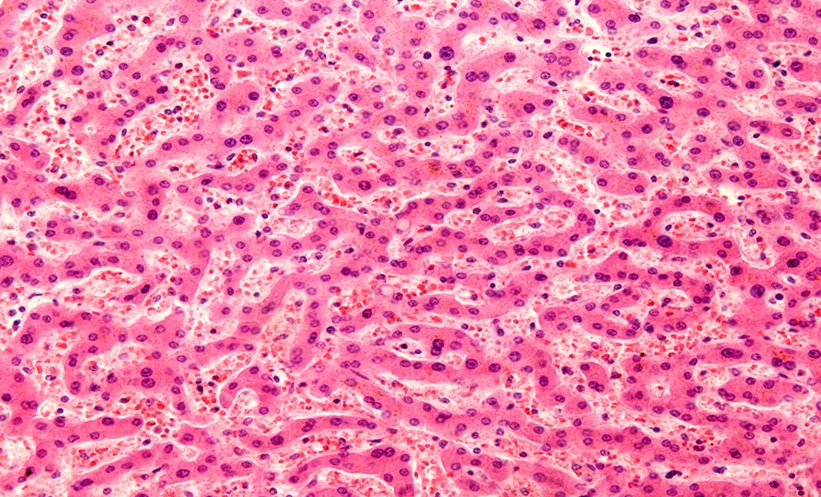Prof Markus Peck-Radosavljevic | Professor of Medicine and Chairman at the Department of Gastroenterology and Hepatology, Endocrinology, and Nephrology, Klinikum Klagenfurt, Klagenfurt, Austria
![]()
Following your medical training in Austria, Canada, and the USA, what have you learnt about adapting to novel working and training environments?
Each of these working environments have their strengths and weaknesses and each of them seem to make sense in the context of the respective medical system they are placed in. Legal and administrative principles differ between countries and organisational aspects, even between institutions, but the patients and their diseases remain very much the same. In my experience, the working environment is usually very helpful when you start a new appointment, which helps a lot in adapting to the different working environments. As long as you are willing to adapt to new circumstances, transitioning is usually rather smooth.
What motivated you to largely centre your research on liver disease and portal hypertension?
Within the gastrointestinal department in Vienna, Austria, I was looking for areas with an unmet clinical need as well as areas that were not already occupied by other researchers in my department. In liver disease in the early 1990s, there was a large unmet clinical need, and portal hypertension stood out as such an area with both a clinical need and good opportunities for research projects.
Can you provide a brief summary of the findings highlighted in your most recent paper: ‘Impact of HSD17B13 rs72613567 genotype on hepatic decompensation and mortality in patients with portal hypertension?’
We investigated the cohort of patients with portal hypertension from the Vienna Portal Hypertension Study group with regard to the recently published HSD17B13 gene variant that had been shown to be protective for fibrosis progression in patients with alcoholic liver disease/nonalcoholic steatohepatitis. Despite the fact that we could find some circumstantial evidence for a potentially protective role in alcoholic liver disease/nonalcoholic steatohepatitis patients, for example, patients with at least one protective allele had a lower model for end-stage liver disease (MELD) score, trend towards less portal pressure gradient, and were older at presentation, we could not find a protective role for the gene variant in the overall cohort. This could have been because of a less favourable effect of the polymorphism on decompensation and mortality in the subgroup with hepatitis C virus (HCV)-associated advanced chronic liver disease.
Could you tell us about the current status of clinical trials in HCV infection in patients undergoing haemodialysis and with HIV–HCV coinfection?
The question about how to treat HCV is mostly solved with regard to the highly effective drugs we have today. This is also true for indications like patients on haemodialysis and with HIV–HCV coinfection. Since coinfection is at least partly linked to intravenous drug use, most research in this area is dedicated to getting treatment to all individuals in need and optimising care delivery in order to eradicate HCV infection.
Will your ongoing work trialling antivirals in HCV infection be put on pause as clinicians are dedicating their time to the COVID-19 pandemic?
I think this is highly dependent on the individual clinical setting and how the area is affected by COVID-19 cases. Here in Austria, because of the early lockdown and the measures taken, we are not overwhelmed with treating COVID-19 patients and can manage our HCV and liver disease patients as they need it.
It has been proposed that COVID-19 causes direct liver injury via viral hepatitis, what are your thoughts on this hypothesis?
Many viral infections can cause a hepatitis-like picture and severe acute respiratory syndrome coronavirus 2 (SARS-CoV-2) seems to be able to do that as well. But we have not seen any serious liver damage caused by SARS-CoV-2 ourselves nor in the literature and I think the liver is not the reason why the world is in lockdown right now. COVID-19 could well be a threat to patients with advanced-stage liver disease, in particular decompensated patients, for whom any acute infection can be life-threatening.
The literature also suggests that patients with long-term liver transplant and metabolic comorbidities may be more at risk of hospitalisation with COVID-19. How can these patients be protected effectively?
These patients can be protected the same way as everybody else is protected: through focussing on measures of hygiene and social distancing. Since these patients might have more hospital visits, one way of protecting them is switching to remote online consultations and reducing the number of in-person visits to the absolute minimum.








